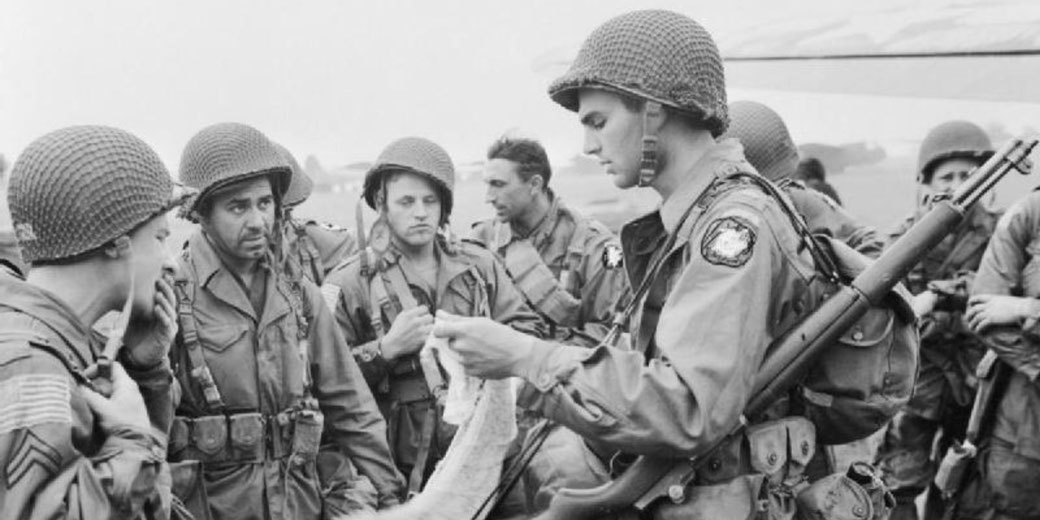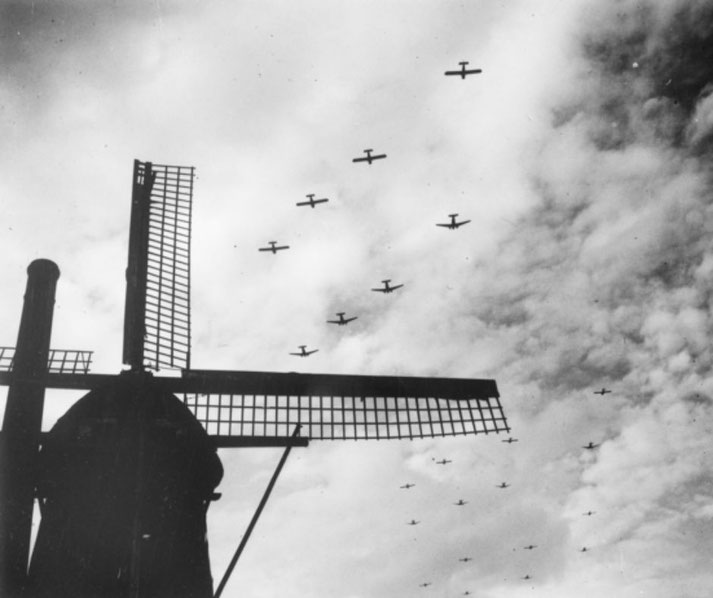Why was Operation Market Garden a disaster?

In September 1944, the Allies had begun to turn WWII in their favor. To help push home their new-found advantage, they launched an audacious airborne operation.
It aimed to capture key bridges in the Netherlands and secure a swift Allied advance into Germany. However, it would become one of the worst strategic miscalculations the Allies would undertake during the war.
Why did it fail so badly?
And how did the Nazi forces capitalize on this disaster?
The historical context of Operation Market Garden
After the successful D-Day landings on June 6, 1944, the Allied forces had made significant progress in liberating occupied Europe from Nazi control.
However, there were growing difficulties as the invaders expanded into the low countries.
To help support this operation Field Marshal Bernard Montgomery envisioned a swift advance through the Netherlands, bypassing the formidable Siegfried Line and crossing the Rhine into Germany.
This, Montgomery hoped, would outflank German defenses. In order to achieve this, the Allied forces needed to seize key bridges over the Rhine and its tributaries.
The operation consisted of two distinct components: Operation Market, the airborne assault, and Operation Garden, the ground offensive.
The airborne element involved dropping over 30,000 paratroopers from the American 101st and 82nd Airborne Divisions and the British 1st Airborne Division behind enemy lines.
Their mission was to capture and hold a series of strategically important bridges along the route of the advancing ground forces.
The ground component, led by the British XXX Corps, was tasked with advancing along a single narrow road from the Belgian border to Arnhem.
They were to link up with the airborne forces and secure the captured bridges.
This route was later referred to as "Hell's Highway" due to the intense German resistance it faced.
However, the success of the entire operation hinged on precise timing and coordination between the airborne and ground forces.
Crucially, the airborne troops had to seize the bridges and hold them long enough for the ground forces to reinforce their positions.
How Market Garden began
On September 17, 1944, thousands of paratroopers were dropped behind enemy lines.
This was the largest airborne operation in history up to that point. Their objective was to capture and hold a series of bridges, the most crucial being the bridge at Arnhem.
Unfortunately, the paratroopers were dropped further from their objectives than planned.
As a result, they had to undertake long marches at speed to try and stay on schedule to meet up with the infantry.
This meant that they were delayed in getting to the key bridges. Regardless, they still managed to seize several key bridges.
Simultaneously, Operation Garden began its advance, spearheaded by tanks and infantry.
It pushed along the single narrow road leading from the Belgian border to Arnhem. They made good progress initially.
As planned, they linked up with the 101st Airborne Division and secured the bridges at Eindhoven and Nijmegen.
Then, things started to go wrong as they approached the crucial bridge at Arnhem.
Here, the British 1st Airborne Division encountered fierce resistance from well-entrenched German forces, including two SS Panzer divisions that had not been anticipated in the pre-operation intelligence.
The paratroopers dug in and fought valiantly. However, they were unable to secure the bridge as they found themselves surrounded and significantly outnumbered.
But things were about to get worse.

What had gone wrong?
It was at this point that a number of separate failures started to combine to complicate the situation.
The most drastic of these was the surprise presence of two German SS Panzer divisions in the area.
Pre-battle military intelligence had apparently missed them entirely and the Allies were not prepared.
As a result, they overestimation of the Allied forces' capabilities and the underestimated German resistance.
The second was the narrow approach route from "Hell's Highway". This road became a bottleneck, slowing the progress of the British XXX Corps and making them vulnerable to German counterattacks.
Also, this was the only route the Allies could use to supply their forces. The congestion was exacerbated by the destruction of key bridges by retreating German forces, forcing the Allies to undertake time-consuming repairs or find alternative crossing points.
Additionally, the operation suffered from ongoing poor communication. The terrain and weather conditions constantly interfered with radio signals.
This resulted in the breakdown in coordination between the airborne and ground forces.
As a result, crucial information and orders often did not reach their intended recipients in enough time.
How did this failure effect the outcome of the war?
Ultimately, what was probably most at fault, was the ambitious timetable of the overall operation.
Simply put, it was overly optimistic. It required both elements of the plan to keep to a rigid set of times that could easily be disrupted by a single delay.
So, after nine days of intense fighting, the remnants of the 1st Airborne Division were forced to withdraw.
The inability to secure the bridge at Arnhem effectively halted the Allied advance and dashed hopes for a swift conclusion to the war.
The failure resulted in the loss of approximately 17,000 Allied troops: killed, wounded, or captured.
The British 1st Airborne Division, in particular, suffered heavy casualties, with only around 2,000 of its 10,000 men successfully evacuating.
In addition, the failure to secure a bridgehead over the Rhine delayed the Allied advance into Germany.
This effectively prolonged the war in Europe. Also, it gave the German forces much needed time to regroup and strengthen their defenses.
What do you need help with?
Download ready-to-use digital learning resources
Copyright © History Skills 2014-2025.
Contact via email
With the exception of links to external sites, some historical sources and extracts from specific publications, all content on this website is copyrighted by History Skills. This content may not be copied, republished or redistributed without written permission from the website creator. Please use the Contact page to obtain relevant permission.





